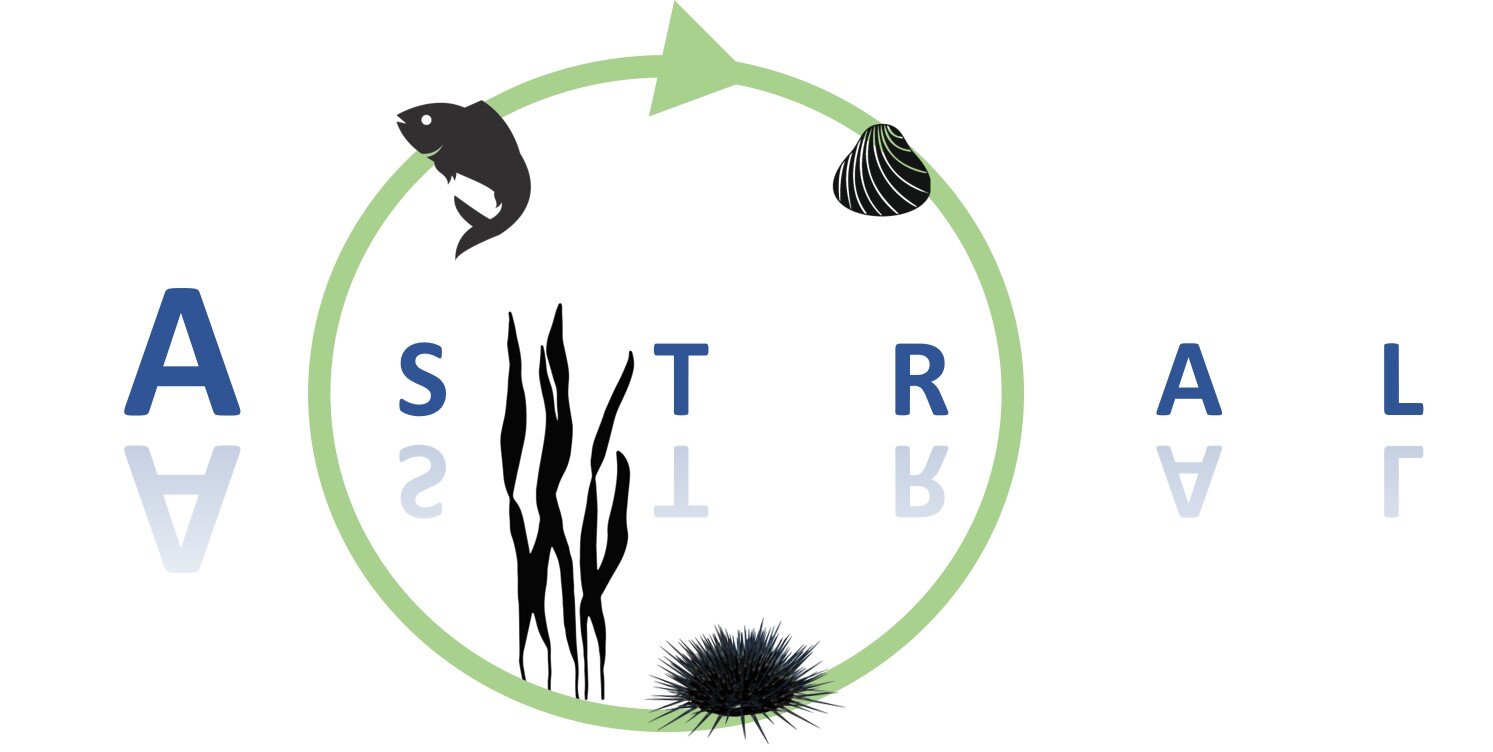IMTA's potential to reach a sustainable Blue Economy
The aquaculture sector represents the fastest-growing animal production sector in recent years. According to FAO, world aquaculture production reached an all-time high of 114.5 million tonnes with a total farm gate sale value of USD 263,6 billion in 2018: the world aquaculture fish production represented 82.1 million tonnes (USD 250.1 billion), 32.4 million tonnes of aquatic algae (USD 13.3 billion) and 26 000 tonnes of ornamental seashells and pearls (USD 179 000).
Therefore, this sector should be one of the priorities within the blue economy to achieve sustainability in the coming years. While aquaculture is growing all over the world, its intensive production causes a significant set of problems (e.g. creation of an anoxic zone, reduction in water quality, destruction of habitat, use of antibiotics etc…) and the search for new aquaculture methods becomes mandatory.
Here is where IMTA pop-ups, this Integrated Multi-trophic Aquaculture can offer a new alternative and innovative solution. According to Thierry Chopin, IMTA combines, in the appropriate proportions and scales of management areas, the cultivation of species at two or more different trophic levels, based on their complementary ecosystem functions which creates a more balanced ecosystem approach. The by-products of one cultivated species are recycled to serve as nutritional inputs for others, hence the system can reduce the ecological impact, improve social perception, and provide financial benefits for producers. Since the first approaches, IMTA systems have been improved in terms of technologies and methods. Nevertheless, there are still some barriers and risks that need to be addressed. Notably, one of the main challenges is the economic issues.
Some research studies have shown economic advantages in comparison with non-IMTA systems, including increased physical production from a given site, greater diversity of production, and more intensive use of facilities, labour and sites (D. Knowler al., 2020). A more concrete study discounted cash flow analysis using 10 years of production data from a salmon-mussel-kelp IMTA farm in the Bay of Fundy, Canada. It found that the IMTA operation was more profitable than standard monoculture expectations and, if a 10% price premium could be obtained for the product, IMTA would produce a substantial increase in net present value (Eumofa, 2020).
The advantages must be balanced with the potential economic disadvantages such as greater complexity in terms of marketing (outlets for the different species, operations, juveniles, business planning; and regulatory (potential increase of requirements), more risks, and greater challenges in the site selection.
Hence, the economic analyses should be recognized and taken into account for the values of the ecosystem services to estimate the true value of the IMTA practice; they should also include the value of bio-mitigating services for enhancing ecosystem resilience (filtration, absorption of nitrogen, carbon, phosphorus etc…), the savings due to multi-trophic conversion of feed and energy that would otherwise be lost, and the reduction of risks through crop diversification and increased societal acceptability. It will be interesting to discover how to transform ecosystem services into value and incentives for producers. Today, we are still very focused on the finished product and not enough on the importance of a circular approach.
Within ASTRAL we hope to contribute to this economic and societal assessment.
Authors: Rozenn Le Vaillant from Technopôle Quimper Cornouaille & Juliana Carvajal, European project manager at Pôle Mer Bretagne Atlantique
Photo Credits: The Marine Institute

